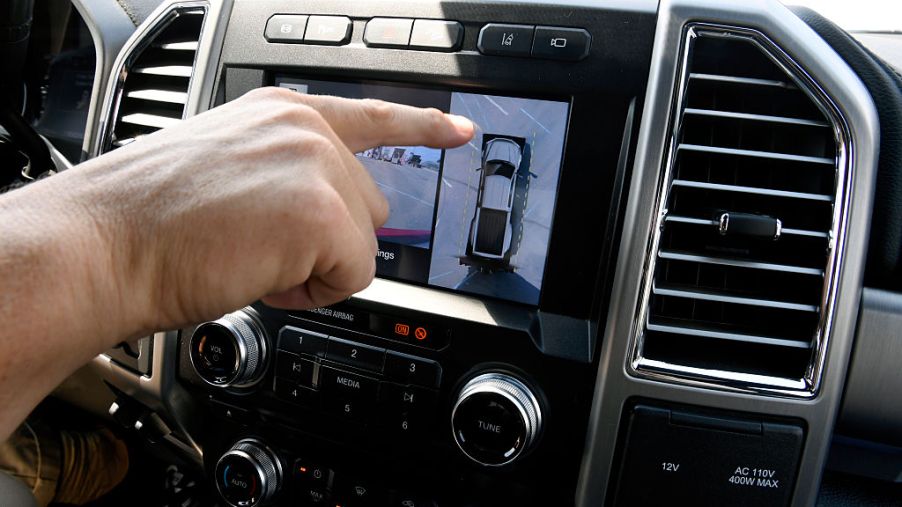
This Is How Blind Spot Monitoring Systems Work
Blind spots have always been a major safety hazard to drivers. Between vehicle design and our physical limitations, there are areas around us that we can’t see as we drive. The most common blind spots are located near the car’s rear bumpers. On highways at faster speeds, this lack of awareness can be disastrous.
According to the Insurance Institute for Highway Safety (IIHS), blind spots cause as many as 350,000 accidents each year. In 2003, Volvo was the first to introduce blind spot monitoring systems (BMS). Since then, other automakers are developing and offering technologies to help eliminate the danger that blind spots pose.
How do blind-spot monitoring systems work?
Solutions for blind spots has come a long way. From side mirrors to side-view cameras, a steady progression of efforts has addressed the problem. Now, technology can tell drivers when other vehicles are in their identified blind spots.
According to CARFAX, these systems involve either a two or three-step process. Two-step, “passive” BMS systems use a process that detects other vehicles and gives the driver this information. Three-step, “active” BMS systems use a process that does what the passive systems do but goes one step further. These systems actually evade the other vehicle altogether.
The first step is detection. The systems use cameras, lidar technology, or sonar to detect objects in specific locations. The step is usually triggered by an action like using a turn signal or driving at a given speed.
Notification is the second step. How does the system let you know it’s identified another vehicle in your perimeter? Once the system detects the other vehicle, the system lets the driver know. The information gets passed to the driver in a variety of ways depending on the manufacturer and the age of the system.
Sometimes the notifications are audible alarms, buzzers, or tones. As a notification, sound usually works well because it’s easy for the driver to hear. But if you have loud weather or road conditions, it’s possible for the sound to fade into the background.
Some cars also utilize tactile notifications, which inform the driver by causing the driver’s seat or steering wheel to vibrate. Then no matter what noise level, the driver will get the warning.
Visual notifications can also appear as warning lights in the vehicle’s mirrors or on its dashboard. Mirrors work great because the driver will have to look there when changing lanes anyway.
The third step in active BSM systems is evasion. These systems can avoid blind spot obstacles if the driver doesn’t notice or act in time. The system can push the vehicle away from the other vehicle. It uses the same technology as lane-keeping and lane-centering systems.
Effectively dealing with blind spots
IIHS estimates that BMS systems are reducing blind-spot crashes by 14%, which is about 50,000 accidents a year. That’s a big improvement. But the best system in the world isn’t as effective as responsible driving habits.
If your vehicle has a BSM system, read your owner’s manual to learn how your system functions. You can also install aftermarket systems in some older vehicles if you don’t have BSM. Just make sure to keep all sensors clean and free of debris and moisture so the system can function properly.
The best safety features in the world are no substitute for responsible driving. These systems aren’t total preventive solutions to blind-spot issues you encounter on the highway. But they can provide you with timely information to help you drive smarter.


